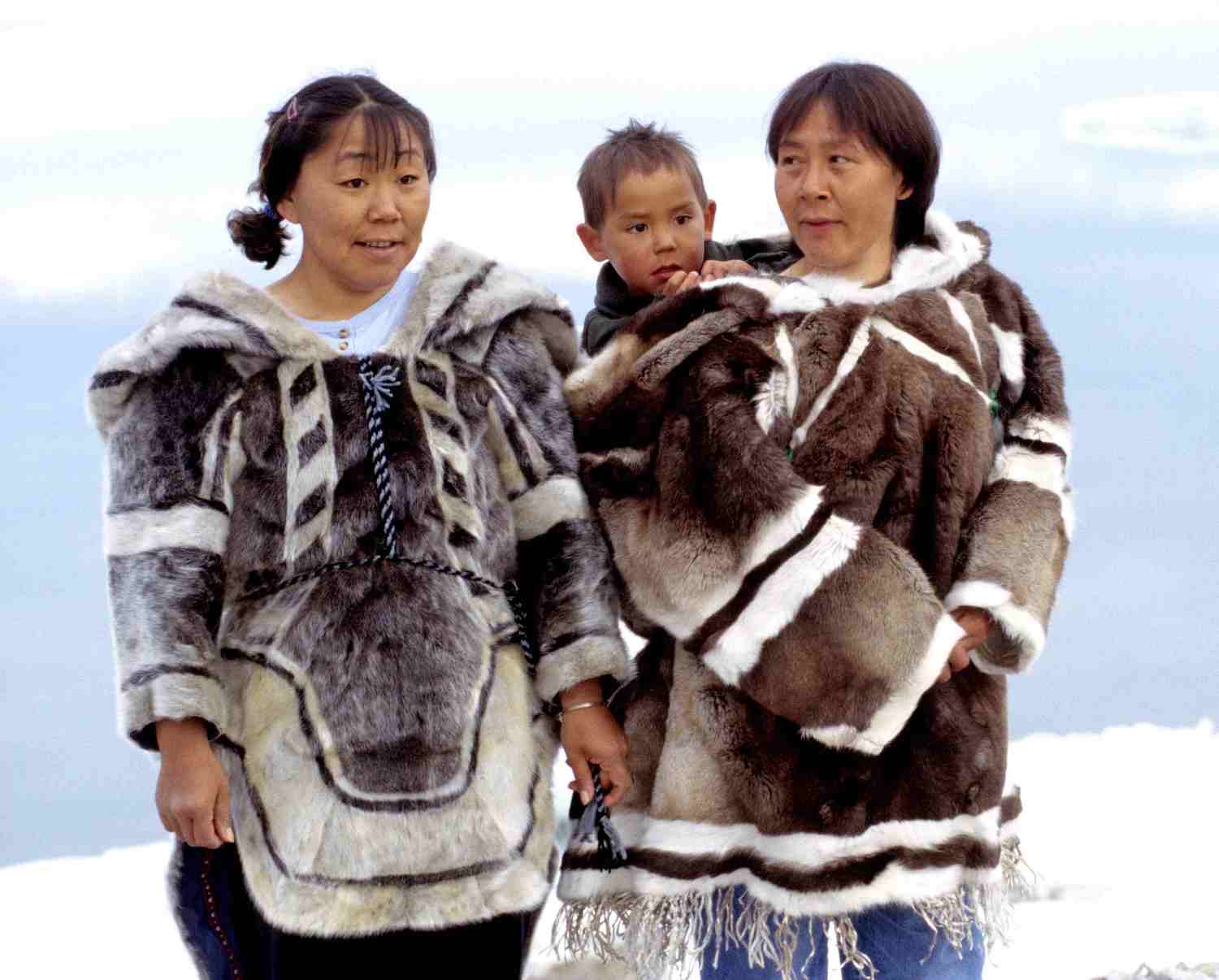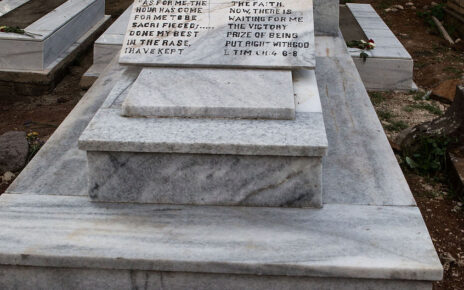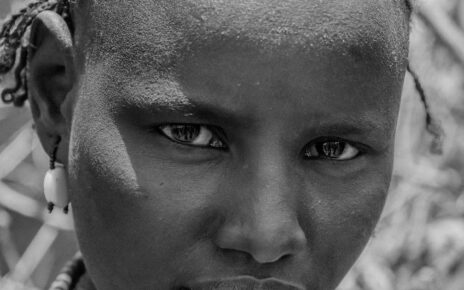The following is the first of a two-part series. It was originally published at a 2019 conference in Athens, Greece.1
Introduction
When teaching classes like World Religions or Comparative Religions, many of us utilize a comparative methodology. This methodology was fine- tuned by JZ Smith, who reminds us to not only focus on difference, but to remember that difference is above all, “a political matter,”2 His work redefined the field in two major ways. First, it went far in helping us disentangle from an academic (and ideological) association with theology, and second, he insisted that we bear “responsibilities attendant on being a member of the academy.”3
The ethnographic space itself highlights difference and yet we strive to create intelligibility across it. Today, more than ever, this is imperative.4 Despite limitations in using the term “religion” I will explain why I think retaining it matters. Trying to agree on a definition of it has proven vexing, nay impossible; many among of us have suggested tossing it out for good. Tracing its etymology is as murky an endeavor as coming to agreement on a definition of what it is. Or does. Or means. Is it a derivation of the Latin root – religio, meaning to bind or to yoke? If so, Christo-centrism, or what Jacques Derrida names the “strange phenomenon of Latinity and its globalization,”5 is clear. What is “the very matter – the thing itself – of religion?”6
Equally difficult is trying to describe how religion functions. If it is, according to Ēmile Durkheim, “eminently social,”7 how can we come to understand discrete, collective representations and realities of it? Joachim Wach calls religion “norms for action” without which, “life does not seem worth living.”8 Yet Tomoko Masuzawa calls it a “discourse of Othering;”9 she points out its usefulness for “churning the stuff of Europe‟s ever-expanding epistemic domain, and forging… the essential identity of the West.”10 Russell T. McCutcheon critiques “the mechanism whereby assertions on the importance of „archaic man‟ are transformed into authoritative and normative judgements.”11
Others describe it as “an adjective…describing the human condition, and a way of seeing, acting, and experiencing all things.”12 Clifford Geertz writes that religion is a “system of symbols,”13 yet Talal Asad, insists that religion cannot be separated from particular historical circumstances or the power of the state. I have stood on the shoulders of these giants to see farther, but have left the debates behind, even as I acknowledge “ethical and political urgencies”14 in arguing for a new kind of study of religion. This is a strategic move.
Ethnography and Culture
An innovative study is underway at the Qallunaat Studies Institute (QSI) in far-north Canada, in the territory of Nunavut. Scientific researchers are conducting experiments on living subjects, whom they have recruited from Qallunaat lands in the South. These subjects are now housed permanently at the Institute.15 Generated by concern over a disastrous early immersion experiment, the researchers strive for transparency in their work to avoid causing unnecessary distress to their subjects.
A videotaped recording of the immersion was recently released for educational purposes. In a section entitled “Recipe for Disaster,” viewers see field officers on snowmobiles trailing two disoriented Qallunaat subjects as they attempt to make their way from point A to point B across the southern tip of Baffin Island. There is no explanation as to why the duo is on foot in the subzero temperatures, nor where they are trying to go; even viewed from appropriate ethnographic distance, it is still difficult to watch the footage. It quickly becomes clear that the subjects lack any kind of sophisticated knowledge.
The scenes play out grimly. Viewers observe as Subject 1 and Subject 2 squander precious energy while clambering clumsily over snowdrifts, their skis askew. One, haplessly scanning the white-on-white horizon for orientation, loses his grip on the toboggan, and sends it launching like a missile towards his companion, who has tumbled down a glacial slope. Appearing weakened, they attempt to start a fire. Gasping for breath and desperate for warmth, they are unsuccessful – Subject 1, after dropping the lighter into a snowbank, nearly loses his fingers to frostbite.
At this point, the field officers must decide whether to suspend their scrutiny and intervene in the experiment, risking nullification of objective results. In spite of longstanding protocols put in place to minimize harm to human subjects in research projects, they appear (at least initially) reluctant to interfere. This choice is an ethical one however; in spite of being equipped with top-of-the-line manufactured gear and equipment, the Qallunaats are headed for disaster.
This flagrant misstep seems to have prompted researchers to agree that assimilation is priority number one. The Institute has now launched a social engineering program guided by a two-pronged methodology: first, recruitment of Qallunaat subjects displaying outstanding abilities. The hope is that with the proper conversion training, they can be taught Inuit ways to carry back to the southern territories. The second, a “voyage of discovery.”
A team of scientists travels periodically to Qallunaat traditional lands, physically extracts a number of subjects from their homes and communities and transports them back to the Institute for training. This directed educational program will certainly disrupt family ties of the Qallunaat and rapidly destroy their culture. All agree however, that they must follow through with the natural consequences. Teaching Qallunaat the values of civilized society while persuading them to abandon their way of life is not an easy road. As history has shown, progress is never easy.
You have now probably realized that what I am describing is based on a satirical piece produced by Beachwalker Films: Qallunaat! Why White People Are Funny.16 My name is Wendy Felese. I am a Qallunaat woman. In the Inuktitut language, this means White person, but according to Zebedee Nungak, this designation has less to do with skin color, and more to do with characteristics I share with other Qallunaat people. For example, Inuit statesman John Amagoalik describes us as people who always want to do things…right now.
Methodology
To Laugh at the Camera
The film satirizes accounts of interactions in what Mary Louise Pratt calls contact zones. The interactions always reflect dominant perceptions that are then “transmitted via documents and texts that recount the experiences.”17 The transmission happens through a triple mediation – imperial, colonial, and Indigenous. Here is an example of how it works. The 19th century founder of comparative religion, Friedrich “Max” Müller (imperialist), borrowed from the philologist Wilhelm Bleek (working in contact zone/colonial spaces of South Africa) in order to “classify and conquer.” He did this for three related purposes: first, to create a “science of religion.”
Second, to centralize the British Empire in this endeavor, and third, to lend an empirical authority to his work. In a similar way, American prospector and explorer Robert Flaherty (imperialist), capitalizing on an American ethos of antimodernism, undertook a year-long recording of so- called day-to-day life of an Inuit community living on the Ungava Peninsula of Hudson Bay.18 The project, Nanook of the North,19 features collaboration between his technicians and consultants (contact zone/colonial) and the Inuit peoples of Inukjuak, who are forced into negotiations between their ancestral practices and the impositions of the outsiders. Shari Huhndorf calls Flaherty‟s adventure “going native.”
Although it was motivated by an ostensible rejection of Western paradigms, the attraction to native culture also embodied colonialist impulses…The Arctic…provided an important site on which these contradictory impulses came to bear…the Arctic had become the new and perhaps the last frontier…providing an exoticized vision of Native life for Western consumption but also documenting arctic colonialism in ways that transformed colonial relationships (textually, at least) by masking their motivations and hiding their violence.20
In Qallunaat! Why People Are Funny, Zebedee Nungak, John Amagoalik and others invert the exotification that W.E.B. DuBois describes as “double- consciousness,” or, the “sense of always looking at oneself through the eyes of others.”21 To explain, I highlight contrasting scenes to demonstrate how a form of quotation works to reverse the flow of production of knowledge. Huhndorf explains how naming and renaming is necessary in the production of knowledge.
Just as the arctic landscape on his European maps bore (and continue to bear) the names of its Western “discoverers,” so too did Flaherty‟s natives, in his texts at least, carry the appellations he assigned them. Flaherty never used his real (Native) name…opting for a more “Eskimo-sounding” alias carrying primitive connotations.
Nanook‟s Native name was Allakariallak. Flaherty renames him Nanook (The Bear), dresses him and the entire cast up in anachronistic costumes and authorizes the construction of simulated igloos to transform him into an Eskimo for mass visual consumption in the United States. The ways Flaherty defined these Natives for Western audiences carried political implications as well. Because they seemed somehow less than human, their presence on the land was less consequential than the white man‟s.22
Inuit actors Zebedee Nungak, John Amagoalik, and Lori Idlout, among others, mobilize Chidester‟s strategy throughout Qallunaat! Why White People Are Funny. As mentioned, much of the film is satirical, but the film is interspersed with insights and commentary from Nungak and others along with archival footage. The commentary is organized around several interviews and the person asking the questions is never seen by viewers. While certainly part of the strategy of reversal, the person filming and the camera itself function to capture more broad reflections on the issue of colonization and related asymmetrical power relations. One segment in particular, records Nungak being reunited with his boyhood teacher after decades have passed. His recounting of a memory embodies the crucial aspects of my argument. I will discuss this scene in the following pages.
This paper, organized around my analysis of this film and the 1922 documentary Nanook of the North, offers an example of this strategic move and establishes what Fatimah Tobing Rony23 and Michelle H. Raheja24 call “visual sovereignty.” The term sovereignty, for this paper, is used in a specific way wherein “indigenous filmmakers and actors revisit, contribute to, borrow from, critique, and reconfigure ethnographic film conventions…and reimagine Native- centered articulations of self-representation and autonomy.”25
The result of this reconfiguration illuminates often ludicrous assumptions about Native peoples that have been widely circulated through visual and other mediums by using the very same technology that has served as an agent of the Gaze. This illumination is critical for the reversal itself. Indigenous agency, performed visually within discrete contexts, confirms their persistence and rejects atavism.
Discussion
The second term to be defined is Indigenous, which I do by closely following the United Nations Permanent Forum on Indigenous Issues. 26 This term is interchangeable with Aboriginal. My analysis centers Indigenous Inuit communities of Nunavut and Nunavik, and more closely, the life‟s work of Zebedee Nungak. Inuit peoples share a historical existence and identity that is separate and independent of the nation-state that surrounds them. Their lands are central and are important sites for expressing contemporary political concerns. Indigenous (Inuit) people identify as such and acceptance by their community is a key criterion of Indigeneity.
They share historical continuity with pre- colonial and/or pre-settler societies and have strong, longstanding, historical ties to their lands and the other-than-human beings that inhabit them. They are organized by distinct social, economic or political systems, and share distinct languages and culture. As non-dominant groups of society, they have the right to self-determination through maintaining their ancestral lands and social systems as distinctive peoples and communities. In terms of how to express the unique statuses of Aboriginal communities vis-à-vis nation-states, as well as to guarantee that their rights as such are upheld, the 46 Articles of the United Nations Declaration on the Rights of Indigenous Peoples27 serves as a blueprint.
Encounters and conflicts in colonized places emanate from conflicting ontologies. I draw from the work of Anishinaabe scholar Mark Freeland and use his metaphor of a house to explain an “interrelated set of logics that fundamentally orient a culture to space (land), time, the rest of life, and provides a prescription for how to live that life.”28
[It] provides the foundation, on which…conscious ideologies are built, like the walls and roof of the house. The institutions build walls within the house, sectioning off the house into compartments that the people of the culture can go in and out of. Finally, the people of the culture live in that house and their everyday performances provide the color of the rooms, the flooring on which they step and the décor and furnishings of their culture. This idea of building the culture from the ground up does work metaphorically and helps to understand the
Religion Matters
The history of comparative religious studies is littered with examples of a dangerous and longstanding liaison between religion and conquest.29 The triple mediation between imperial, colonial, and Indigenous agents continues to authorize elite theorists to use raw material extracted from “colonized peripheries.”30 Production, authentication, and circulation of knowledge is carried out through these mediations, and relations between center and periphery are “asymmetrical relations of power.”31 In elite, scholarly settings, that knowledge is produced via quotation, in a circular way that lends an air of authoritativeness to what we do.
After all, who produces knowledge about religion? We do. How is it circulated? In venues like this one. Authenticated? Peer reviews, scholarly publications, and as Chidester points out, footnotes, that function as “capital in an intellectual economy.”32 These mediations are still present, but I argue that the flow is reversed by Indigenizing the production of knowledge and opening a field of strategic possibilities that makes room for a different kind of study of religion.
Wendy Felese teaches World Religions and Native American Studies at Flathead Valley Community College in northwestern Montana.
________________________________________________________________________
1Citation for the original paper is as follows: Felese, W. (2019). “Reorientation in the Field: Why Religion Matters”, Athens: ATINER’S Conference Paper Series, No: REL2019-2659.
2Jonathan Z. Smith, “What A Difference A Difference Makes” Relating Religion, Essays in The Study of Religion (Chicago: University of Chicago, 2004) 252.
3Jonathon Z. Smith, “The Devil In Mr. Jones,” Imagining Religion, From Babylon To Jonestown, (Chicago, University of Chicago Press, 1982), 121.
4For example, as I write this, news reports are saturated with updates from the Christchurch mass shootings, the Sri Lanka Easter bombings, and the shooting in a Poway, California synagogue that resulted in one death and three injuries.
5Jacques Derrida, “Faith and Knowledge” Religion, Cultural Memory in the Present, edited by Jacques Derrida and Gianni Vattimo (CA: Stanford University Press, 1996), 29.
6Derrida, 23.
7Ēmile Durkheim, The Elementary Forms of the Religious Life: A Study in Religious Sociology,
(NY: The MacMillan Company, 1926), 10.
8Joachim Wach, The Comparative Study of Religions, edited with an introduction by Joseph M. Kitagawa, (NY: Columbia, 1958).
9Tomoko Masuzawa, The Invention Of World Religions, (Chicago, University of Chicago Press, 2005), 14.
10Masuzawa, 20.
11Russell T. McCutcheon, Manufacturing Religion: The Discourse on Sui Generis Religion and the Politics of Nostalgia, (NY: Oxford, 1997), 158.
12John L. Esposito, Darrell J. Fasching, Todd Lewis, Religion and Globalization: World Religions in Historical Perspective, (NY: Oxford, 2008), 8.
13Clifford Geertz, “Religion As A Cultural System” The Interpretation Of Cultures, (NY: Basic Books, 1973).
14Derrida, Faith, 26.
15Institute personnel have arranged for visitors to view these experiments in real-time. For a nominal fee, one can see Qallunaat in carefully-designed replications of traditional settings, on Wednesday afternoons from 1-5 and Friday mornings from 8-12. Periodic cultural performances are scheduled in advance and are listed on the Institution‟s website.
16Beachwalker Films, Qallunaat! Why White People Are Funny, (National Film Board of Canada with Kent Martin, 2007).
17Mary Louise Pratt, Imperial Eyes: Travel-Writing and Transculturation (UK: Routledge, 1992), 7. 18See T.J. Jackson Lears, No Place of Grace: Antimodernism and the Transformation of American Culture, 1880-1920 (Chicago, University of Chicago Press, 1981).
18See T.J. Jackson Lears, No Place of Grace: Antimodernism and the Transformation of American Culture, 1880-1920 (Chicago, University of Chicago Press, 1981).
19Robert Flaherty, Nanook of the North: A Story Of Life and Love In the Actual Arctic,
produced by Robert Flaherty, distributed by Pathé Exchange, 1922.
20Shari M. Huhndorf, Going Native, Indians in the American Cultural Imagination, (Ithaca: Cornell University, 2001), 83-84.
21W.E.B. DuBois, The Souls of Black Folk, (NY: Bantam 1989 [1903]), 3.
22Hunhndorf, 94-95.
23Fatimah Tobing Rony, The Third Eye, Race, Cinema, And Ethnographic Spectacle, (Durham: Duke University Press, 1996).
24Michelle H. Raheja, “Reading Nanook‟s Smile: Visual Sovereignty, Indigenous Revisions of Ethnography, and „Atanarjuat (The Fast Runner)‟” American Quarterly, Vol. 59, No. 4 (Dec., 2007), pp 1159-1185.
25Raheja, 1161, 1163.
26United Nations Permanent Forum on Indigenous Issues. https://www.arcticcentre.org/EN/ arcticregion/Arctic-Indigenous-Peoples/Definitions. Accessed April 24, 2019.
27https://www.un.org/development/desa/indigenouspeoples/
wp-content/uploads/sites/19/2018/11/UNDRIP_E_web.pdf. Accessed April 26, 2019.




